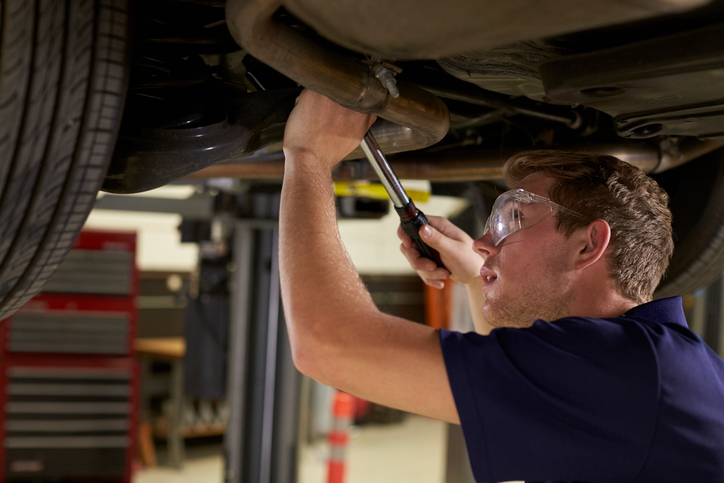What Students in Auto Mechanic Courses Should Know About Ontario’s Passenger/Light Duty Vehicle Inspection Standard

In Ontario, used vehicles must pass the Ontario Ministry of Transport’s Passenger/Light Duty Vehicle Inspection Standard in order to be judged roadworthy and eligible for sale. The test is an evaluation of some of the most important components and systems of a vehicle, and is generally considered to be an okay, but imperfect, measure of a vehicle’s safety.
Despite this, the test is not without a measure of controversy. Want to learn a little bit more? Here’s a closer look at the inspection.
Students in Auto Mechanic Courses May Know the Inspection Is Important for Consumer Safety
The main utility of this inspection standard is that it ensures used vehicles that are going to be sold or given to someone in Ontario, or that are being imported from outside the province, are safe enough to drive. The inspection covers some of the most important of a car’s components, including the body, drive train, tires and wheels, and other important components. A 2016 update to the inspection made the process much more thorough, enhancing its utility and making its results a better reflection of a tested vehicle’s true level of safety.

Critics Say the Inspection May Be More Expensive Than the Old Version
The current standard has only been in place since 2016, and added in many required analyses that older versions of the test did not have for parts like the accelerator pedal, anti-lock brake system, and other components. The many new required steps, though improving the utility of the inspection’s results, also lead to the testing taking a good deal longer to complete. This results in additional cost to clients, which some feel is an unnecessary expense, or even a cash grab by the government.
Despite the controversy, the test has had a largely positive reception among professionals in the industry, who do see the additional expense as a worthwhile exchange for the greater security offered. For now, there do not seem to be any plans to roll back the changes, so expect to see them remain in effect after you complete your auto mechanic courses.
The Inspection Is No Replacement for Proper Analysis by Grads of Auto Mechanic Courses
Despite the improvements in the current edition of the inspection, there is one important flaw that makes the results seem, to some, sub-optimal: they’re largely based on what can be seen by eye. As graduates of an automotive technology program know, for complex machines like cars, where many parts work together and issues may be hidden from plain sight, this can be a problem.
While the road test that was added to the standard does help in uncovering some of these hidden issues, it isn’t a perfect replacement for a proper and even more in-depth inspection of a car’s components. For clients who are considering buying a car that you suspect might be a clunker, consider recommending a more thorough exploration of the vehicle’s capabilities before they make a purchase.
Do you want to become an automotive mechanic in Cambridge?
Contact Automotive Training Centres for more information.

